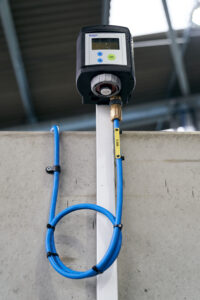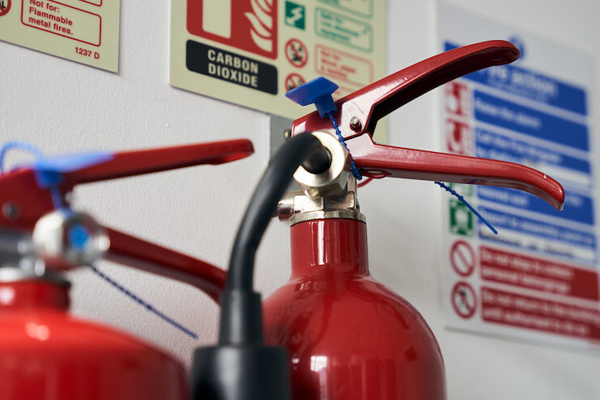Woodward Group highlights the benefits of having a top-quality flame and gas detection system and explains the importance of staying up to date with fire safety regulations.
Taking precautions
Detecting flammable gases and vapours before they become a hazard should be the number one priority for businesses when considering mechanical and electrical explosion-protection measures.
In any situation where flammable gases and vapours can lead to dangerous conditions, explosion protection is legally required for personnel as well as facilities. This could be in exploratory drilling and production of crude oil and natural gas, in the chemical and petrochemical industry, during storage and transport of flammable liquids and gases, during processing of plastics, or when using solvents, to name just a few examples.
 Flame detection
Flame detection
Woodward Group is proud to provide our customers with state-of-the-art, certified flame detection systems to help keep their businesses safe. We champion the Dräger Flame 5000, an imaging-based explosion proof flame detector, which uses digital image processing and advanced algorithms to process and interpret flame characteristics. The system is equipped with a colour CCTV camera and offers an extended field of view, with one of the greatest standard coverage areas and range of any flame detector currently available.
Uniquely, the Dräger Flame 5000 is capable of discerning genuine fire conditions from other radiant sources that often cause more conventional detectors to become desensitised or produce unwanted alarms. It is also immune to other common sources of unwanted alarms such as welding work, hot CO2 emissions and flare reflections.
 Gas detection
Gas detection
The danger of explosion is always lurking when you work in an environment that contains flammable gases and vapours. But dangerous situations can be prevented before they even happen through enacting effective gas detection countermeasures.
Depending on the application, different measuring principles can be deployed to detect such flammable gases and vapours. Catalytic bead sensors, infrared sensors or open-path detectors, in combination with central units such as Dräger REGARD, can provide an early warning when flammable gases and vapours are present while concentrations are still safely below the flash point. Please do get in touch if you’d like to discuss this further. Woodward Group can create a bespoke solution tailored to your business’ individual requirements.
DSEAR and ATEX regulations
As set out by the Health & Safety Executive (HSE), the Dangerous Substances and Explosive Atmospheres Regulations 2002 (DSEAR) legally require employers to control the risks to safety from fire, explosions, and substances corrosive to metals.
DSEAR applies whenever there is work being carried out and a dangerous substance is present that could be a risk to the safety of people as a result of fires, explosions or through corrosion. This includes the general public as well as other employees or workers.
DSEAR should not be confused with ATEX, which consists of two EU directives that outlin the standards for equipment to be used in an explosive atmosphere – this is often seen as a yellow Ex symbol on the equipment.
We understand that many companies do not have the necessary in-house expertise to ensure hazardous area design, installation and inspections are DSEAR compliant and adhere to ATEX directives. This is where we can help.
Get in touch
Woodward Group’s team of ATEX specialists are experienced in carrying out electrical, fire and security installations that meet all the required directives and safety regulations. We are proud to be CompEx accredited installers, so our customers have further peace of mind that their sites are safe in our hands.
To find out more about our flame and gas detection services, please get in touch.


 Gas detection
Gas detection

